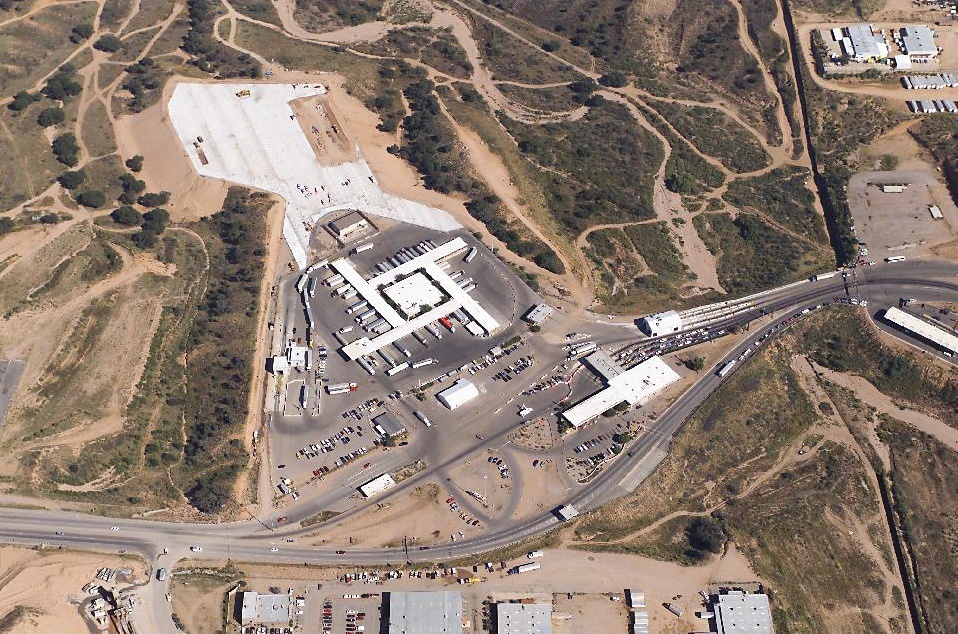Background
The US Customs and Border Protection (CBP) was established as a part of the US Department of Homeland security in 2002. CBP has the dual mission of both protecting our nation’s borders while facilitating free trade and safe travel. After recommending an assessment process in a document entitled, Master Construction Planning Process, CBP contracted Fentress Incorporated to develop a Strategic Resource Assessment (SRA) planning process.
Project Summary
The SRA process was used to assess land ports of entry. Prior to performing an on-site visit to the ports of entry, Fentress prepared a handbook for each CBP field office that contained workload and staffing projections, and available data on CBP facilities. Fentress planners and architects use the handbook to conduct on-site assessments. The planners discuss trends with CBP management and operational personnel at the field office headquarters and at each port of entry. Architects performed facility assessments at each port of entry and documented the condition of each facility. They also gathered information to complete the assessment process that included performance measures on mission and operations, security, facility condition, and workload and personnel growth. Combining the data on trends and the assessments, architects structured execution strategies for each facility. The strategy contained a list of projects for the short, mid, and long-term. The work was documented in a comprehensive report for each field office. In addition, the SRA program was used to communicate with CBP business partners and stakeholders. The stakeholders included GSA, the Federal Highway Administration, state and local economic development and highway organizations, and Canadian and Mexican planning counterparts. A stakeholder analysis and separate report were also produced as part of the SRA effort.
Results
SRA’s were performed for 160 for land ports of entry. The resulting data were used as the first comprehensive inventory of CBP’s land ports of entry. Routine briefings were provided based on the SRA data to discuss the top concerns across all CBP facilities. The SRA results were compiled into a Capital Investment Plan that presented prioritize facilities based on urgency of need. The Capital Investment Plan was used to communicate CBP project needs to DHS, GSA, and Congress.


